Qinling, China's fifth scientific station in Antarctica, was officially named and put into operation on February 7.
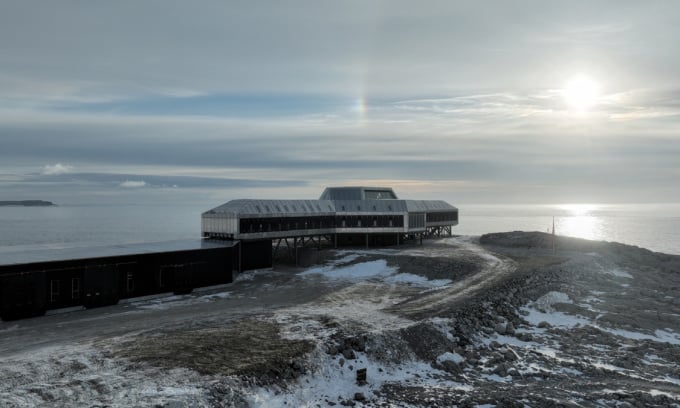
Qinling, China's fifth scientific research station in Antarctica, photographed by drone on February 6, 2024. Photo: China Daily
The Qinling Station is China's third research base in Antarctica and can operate year-round, housing up to 80 people in the summer and 30 in the winter. It is located on Inexpressible Island, a rocky and windy island near the Ross Sea. Due to the unique environmental conditions there, the station uses an integrated space system and special green technology.
Covering an area of 5,244 square meters, the new facility is designed in the shape of the Southern Cross constellation to honor Zheng He, the Chinese explorer and navigator who used the constellation to navigate during his voyages to the West Sea.
The station consists of three main areas with a common room in the middle for eating and working purposes, connected to summer living areas and laboratories at either end. The winter 'dormitory' is located on the second floor of the center.
The Qinling station's interior design is highly integrated and was built in modules in China so that they could be transported to the construction site and assembled later. The long axis of the main building aligns with the prevailing wind direction. Part of the ground floor is raised to avoid the accumulation of snow in Antarctica. "In this way, we took up the least amount of space to build the station while minimizing the impact on the local landscape," said architect Zhu He.
Building a scientific station in Antarctica is like building a no-man's-land. So each research station is equipped with self-sufficient infrastructure. "The station can support basic daily needs such as water supply and waste treatment," Zhu said.
A heliport is being built about 1 km from Qinling. Helicopters are needed to transport people and cargo to the station. The area is also used as a power plant for the station. Two new energy sources, solar and wind, are being tested there. Once completed, 60% of the new station's energy will come from these two sources.
Thu Thao (According to CGTN )
Source link







![[Photo] General Secretary To Lam receives the Director of the Academy of Public Administration and National Economy under the President of the Russian Federation](/_next/image?url=https%3A%2F%2Fvphoto.vietnam.vn%2Fthumb%2F1200x675%2Fvietnam%2Fresource%2FIMAGE%2F2025%2F12%2F08%2F1765200203892_a1-bnd-0933-4198-jpg.webp&w=3840&q=75)











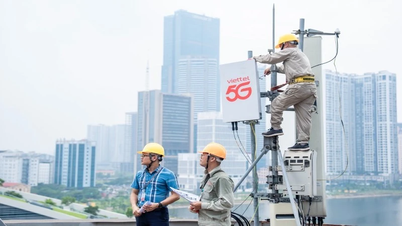



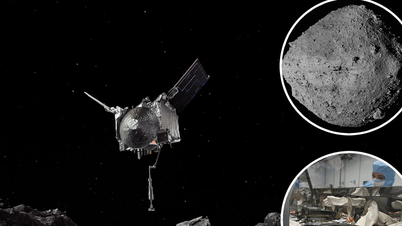











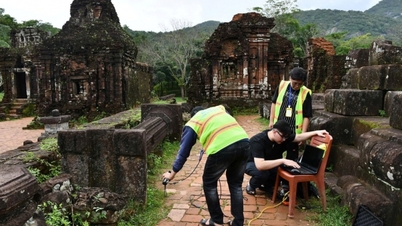







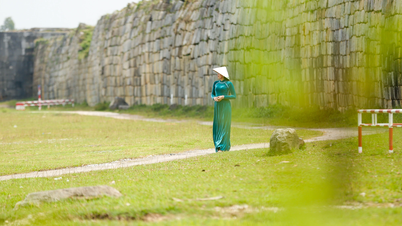





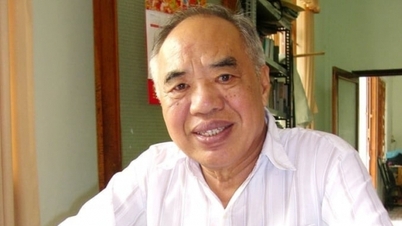







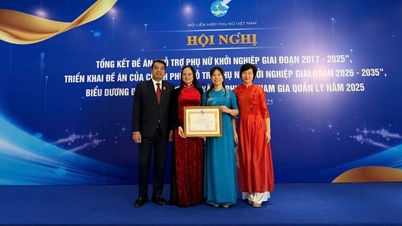
















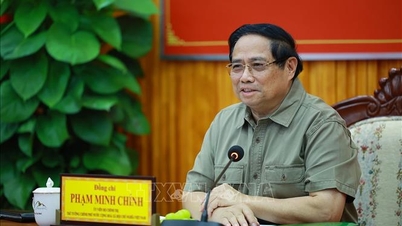














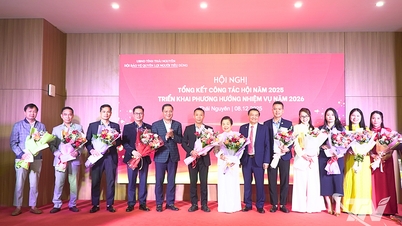























Comment (0)